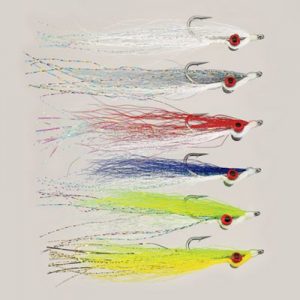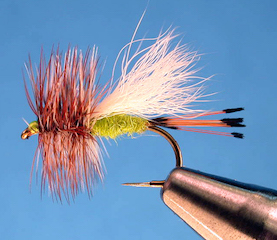 Summer is creeping slowly into the Smokies and fly patterns are beginning to shift again. In late spring and summer, nearly everything that hatches is brighter in color. Most of the aquatic insects you see are some shade of yellow or bright green, so it certainly makes sense to fish fly patterns in the same color profile.
Summer is creeping slowly into the Smokies and fly patterns are beginning to shift again. In late spring and summer, nearly everything that hatches is brighter in color. Most of the aquatic insects you see are some shade of yellow or bright green, so it certainly makes sense to fish fly patterns in the same color profile.
As I’ve mentioned numerous times, fly patterns are hardly the most important piece of the puzzle when trout fishing in the Smokies. Approach and presentation is the name of the game here. The wrong fly presented well will always catch more fish than the right fly dragging across the surface. But if your presentation is solid, it stands to reason that showing the trout a fly that looks a little more like the naturals they are seeing will produce far more strikes.
Since hatches in the Smokies are rarely heavy enough to make the trout key in on specific insects, color and size are really the most important components of fly selection. And since we tend to fish a lot of riffles and pocket water in the summer months, buoyancy and visibility can be extremely beneficial as well. While there are a number of fly patterns that meet all of those needs, one of my favorites is the Lime Trude.
The Lime Trude is just one of many variations of what was originally a wet fly designed by Carter Harrison. In the early 1900’s, on a trip to the A.S. Trude Ranch near Big Springs, ID, the fly was apparently created as a joke, using red yarn from a cabin rug as the body and reddish dog hair for a wing. The fly was an instant success and eventually got “dressed up” with more common fly tying materials, including a tail and hackle, converting it to more of a dry fly dressing.
The fly became a staple in the Rocky Mountains and evolved, as most patterns do, with the increased availability of more diverse fly tying materials. It seems a number of great fly tiers, including Dan Bailey, had a hand in the evolution of the fly we know today. While there are a number of variations still available, the Royal Trude is probably the best known. Essentially, it is just a hair wing version of the classic Royal Coachman. The Lime Trude, which gained notoriety after winning the Jackson Hole One-Fly Contest (I believe in the late 80’s or early 90’s), is probably a close second in popularity.
Much of the fly fishing history in the Smoky Mountains was not recorded so it is difficult to say just when the fly first made an appearance on our streams. But it has certainly been catching trout for many decades. For the purposes mentioned above, it has everything you need. The bright, greenish-yellow body looks like a lot of what the trout see this time of year. The hackle and calf wing make it a fairly buoyant fly. And the white hair wing also makes it highly visible.
It is certainly an attractor fly that might pass for a variety of caddisflies, stoneflies, and even mayflies. Fish it in sizes #16 – #12 on your favorite Smoky Mountain stream and let me know what you think!
Learn more about Smoky Mountain hatches and flies in my hatch guide.
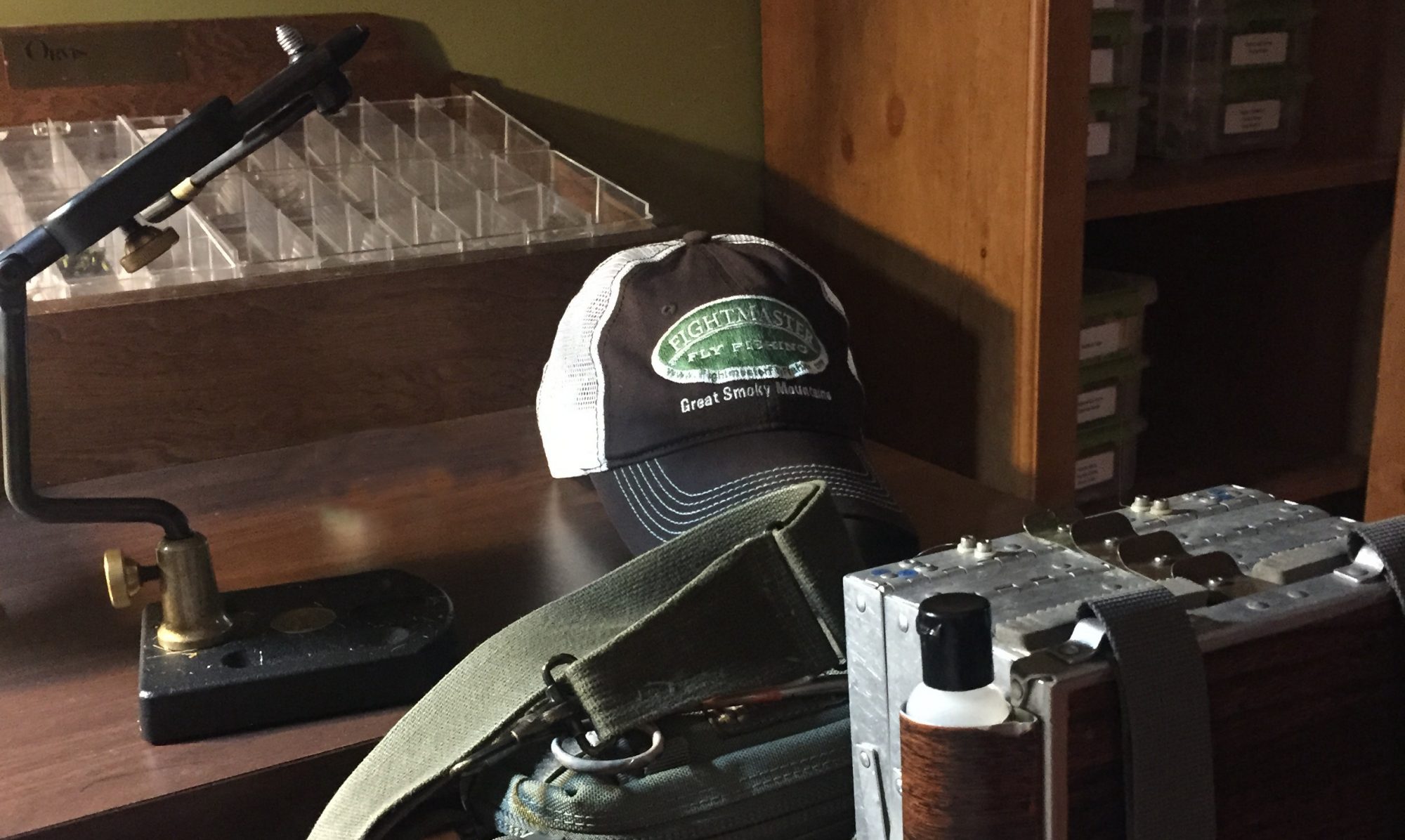
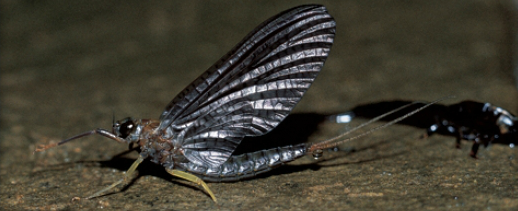
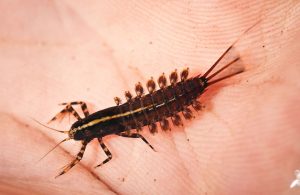
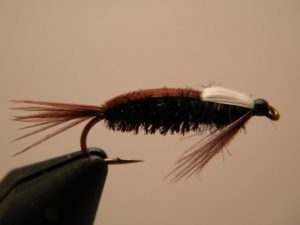
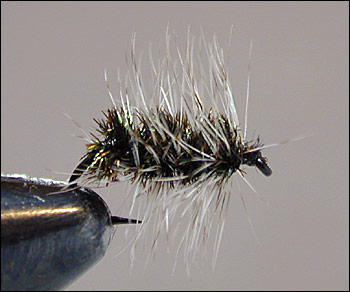
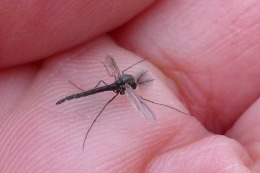
 In June, hatches start to thin out. We still see a fair number of Yellow Sallies and a smattering of caddis and mayflies, but the heavier, attention getting hatches of spring have mostly come to an end. But when summer eases its way into the mountains, trout turn their attention to terrestrials, and so should you. We’ll talk about several varieties of terrestrials over the coming months but we’ll start with the granddaddy of all mountain terrestrials: the Green Weenie.
In June, hatches start to thin out. We still see a fair number of Yellow Sallies and a smattering of caddis and mayflies, but the heavier, attention getting hatches of spring have mostly come to an end. But when summer eases its way into the mountains, trout turn their attention to terrestrials, and so should you. We’ll talk about several varieties of terrestrials over the coming months but we’ll start with the granddaddy of all mountain terrestrials: the Green Weenie.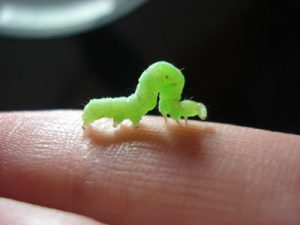
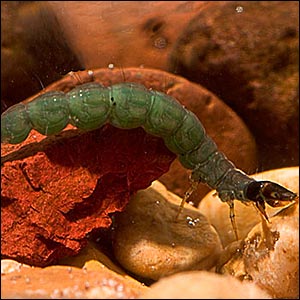


 The Ginger Caddis of the Smokies is known in other circles as the Great Brown Autumn Sedge. Many lump it together with a few other similar species and refer to them all just as October Caddis. No matter what we decide to call it, fish just call it food! Caddis of numerous varieties are available most of the year in the Smokies but really seem to come into their own in fall. And of the many caddis species hatching in the fall, the Ginger Caddis is the undisputed king.
The Ginger Caddis of the Smokies is known in other circles as the Great Brown Autumn Sedge. Many lump it together with a few other similar species and refer to them all just as October Caddis. No matter what we decide to call it, fish just call it food! Caddis of numerous varieties are available most of the year in the Smokies but really seem to come into their own in fall. And of the many caddis species hatching in the fall, the Ginger Caddis is the undisputed king.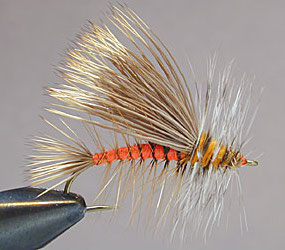
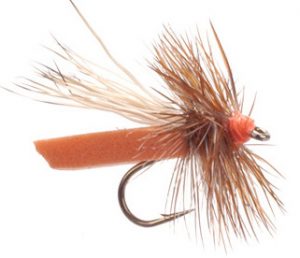
 In general, I mostly look forward to spring and fall fishing the most in the mountains. Temperatures are mild and fish are typically at their most active. However, there is one particular thing that makes me excited for the warm weather of summer to arrive: Beetle fishing!
In general, I mostly look forward to spring and fall fishing the most in the mountains. Temperatures are mild and fish are typically at their most active. However, there is one particular thing that makes me excited for the warm weather of summer to arrive: Beetle fishing!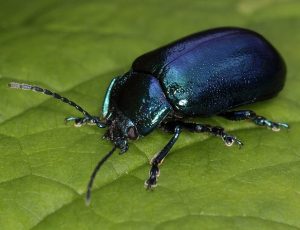
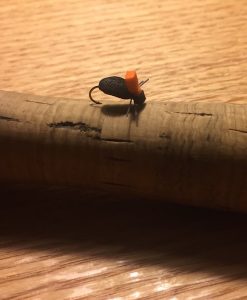
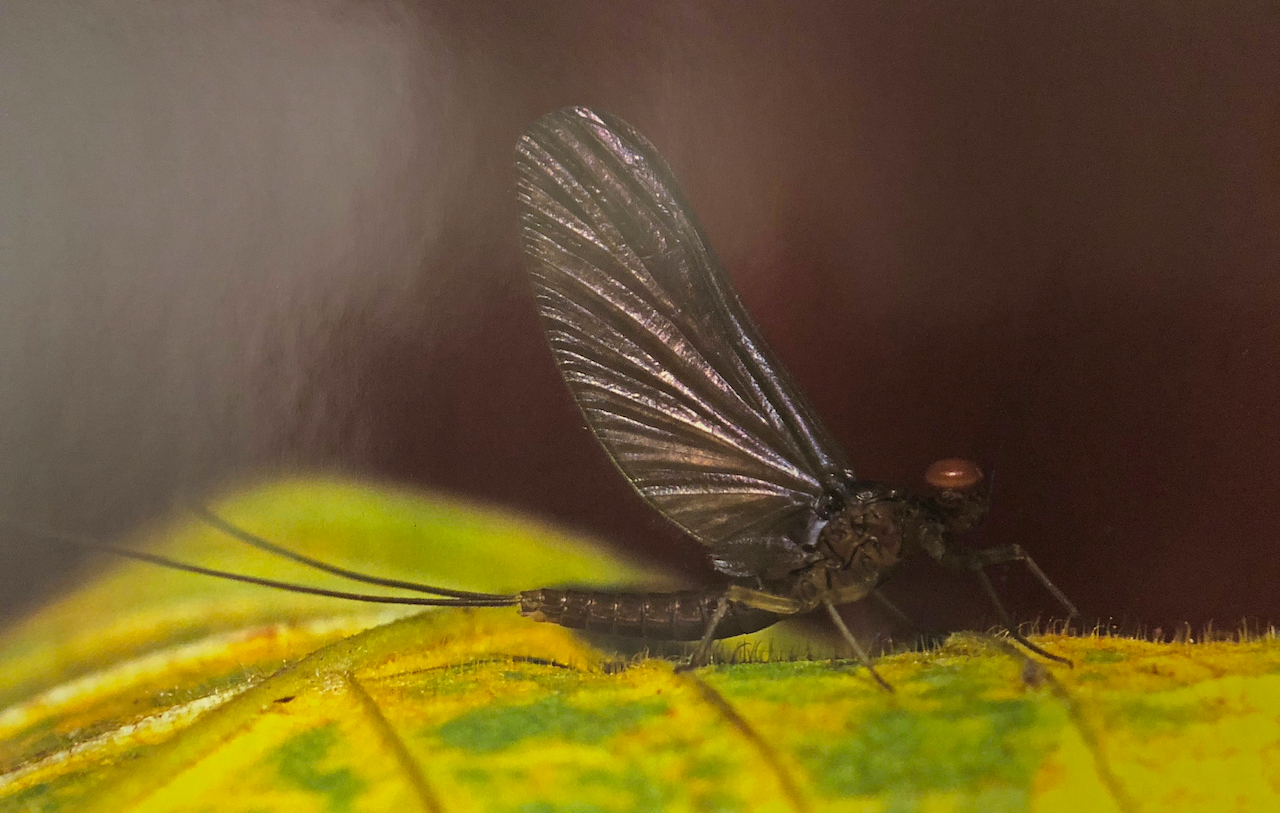 Winter seasons are not typically known to produce large hatches of aquatic insects, particularly in our part of the country. However, if you’re going to run into a hatch worthy of bringing fish to the surface during the cold winter months, it’s likely to be a hatch of Blue Wing Olive mayflies. Blue Wing Olives, or BWO’s as they’re commonly called, are one of the most erratic hatches that I know of. While most aquatic insects hatch at fairly predictable times of the year, BWO’s are likely to come off anytime of the year, typically on the crappiest day imaginable.
Winter seasons are not typically known to produce large hatches of aquatic insects, particularly in our part of the country. However, if you’re going to run into a hatch worthy of bringing fish to the surface during the cold winter months, it’s likely to be a hatch of Blue Wing Olive mayflies. Blue Wing Olives, or BWO’s as they’re commonly called, are one of the most erratic hatches that I know of. While most aquatic insects hatch at fairly predictable times of the year, BWO’s are likely to come off anytime of the year, typically on the crappiest day imaginable.

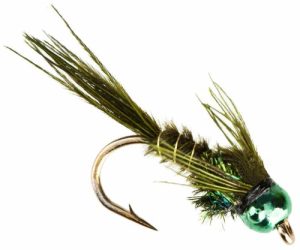
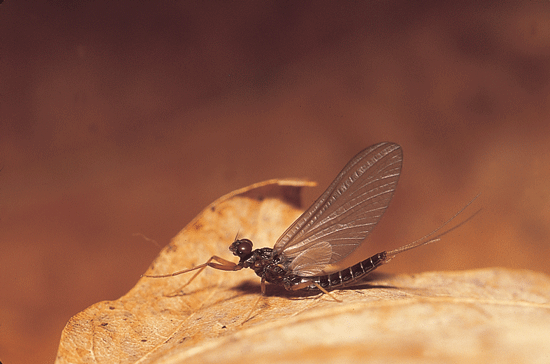 Blue Quills represent one of the first good mayfly hatches of the year in the Smokies. By “good,” I mean they can come off in big enough numbers and with enough consistency for trout to really take notice. As with most aquatic insects, water temperature determines when they hatch and being an early season bug, there can be as much as a three week variation from year to year.
Blue Quills represent one of the first good mayfly hatches of the year in the Smokies. By “good,” I mean they can come off in big enough numbers and with enough consistency for trout to really take notice. As with most aquatic insects, water temperature determines when they hatch and being an early season bug, there can be as much as a three week variation from year to year.
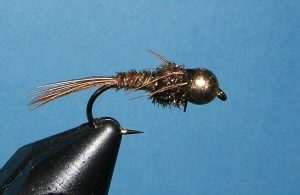
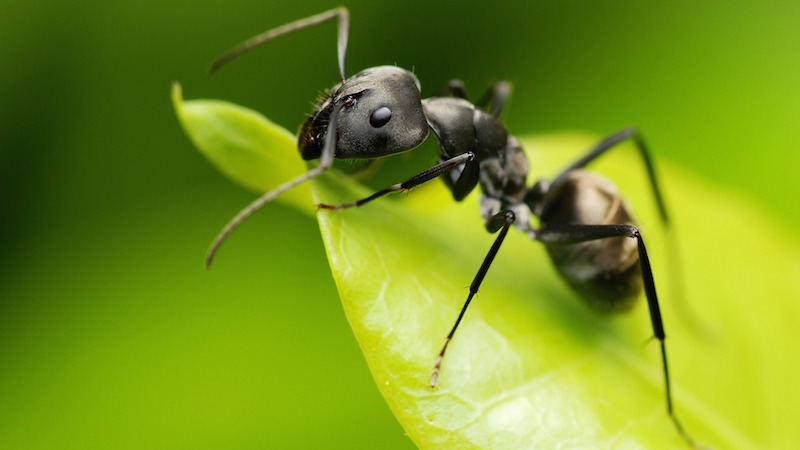 “When all else fails, try an ant.”
“When all else fails, try an ant.”
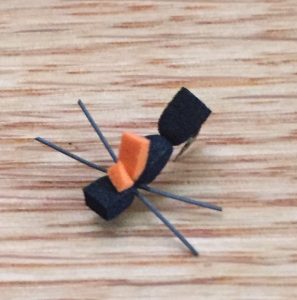
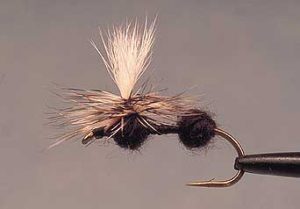

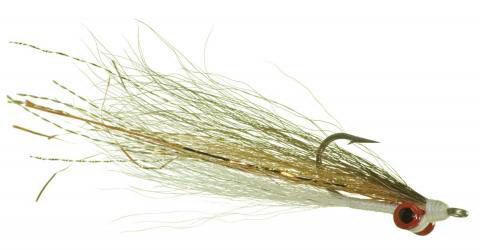 In freshwater or salt, one of the best baitfish patterns around…. I recently went to Perdido Key, FL on vacation. Once a year, my wife and I take a beach vacation somewhere, usually with another couple. And while these trips are more about relaxation and socializing, I always try to work in at least a little fishing, sometimes with a guide. I didn’t know much about this area and never really even took time to research, so I just packed some gear and planned to figure it out when I got there.
In freshwater or salt, one of the best baitfish patterns around…. I recently went to Perdido Key, FL on vacation. Once a year, my wife and I take a beach vacation somewhere, usually with another couple. And while these trips are more about relaxation and socializing, I always try to work in at least a little fishing, sometimes with a guide. I didn’t know much about this area and never really even took time to research, so I just packed some gear and planned to figure it out when I got there.